One of the things I enjoy most about high horology is the continual strive to innovate for improvement and continually chasing perfection, watchmakers who want their timepieces to be just that little bit more precise or more accurate than their contemporaries. I particularly admire this in the likes of Abraham-Louis Breguet and John Arnold – appreciating the complexity involved in watchmaking even today, it frankly astounds me that these folks were able to do what they did in the time in which they lived.
The tourbillon is a prime example: it was created to counter the effect of gravity which caused variances in the rate of a pocket watch movement, thus improving its timekeeping. Even today, it is considered extremely complicated and is something which generally only the most skilled watchmakers can accomplish. And yet, astonishingly, Abraham-Louis Breguet patented his tourbillon in 1801!
A modern example of such an innovation is Dr George Daniels’ co-axial escapement as a way of reducing the friction in a traditional lever escapement – you can read more about that here.
It occurred to me that this strive for innovation essentially uses the same principles and theories behind marginal gains, whereby a number of small improvements throughout any process can ultimately show significant improvements when combined together.
Marginal gains theory is perhaps easiest to see manifesting in the arena of sport, where former performance director of British Cycling Sir David Brailsford described it as “improving everything by 1%”. Consider a Formula 1 car – making lots of tiny, seemingly insignificant changes to the design of a car or the way the engine works could together result in reducing lap times by perhaps a tenth of a second, which in F1 is a big deal.
The problem of constant force
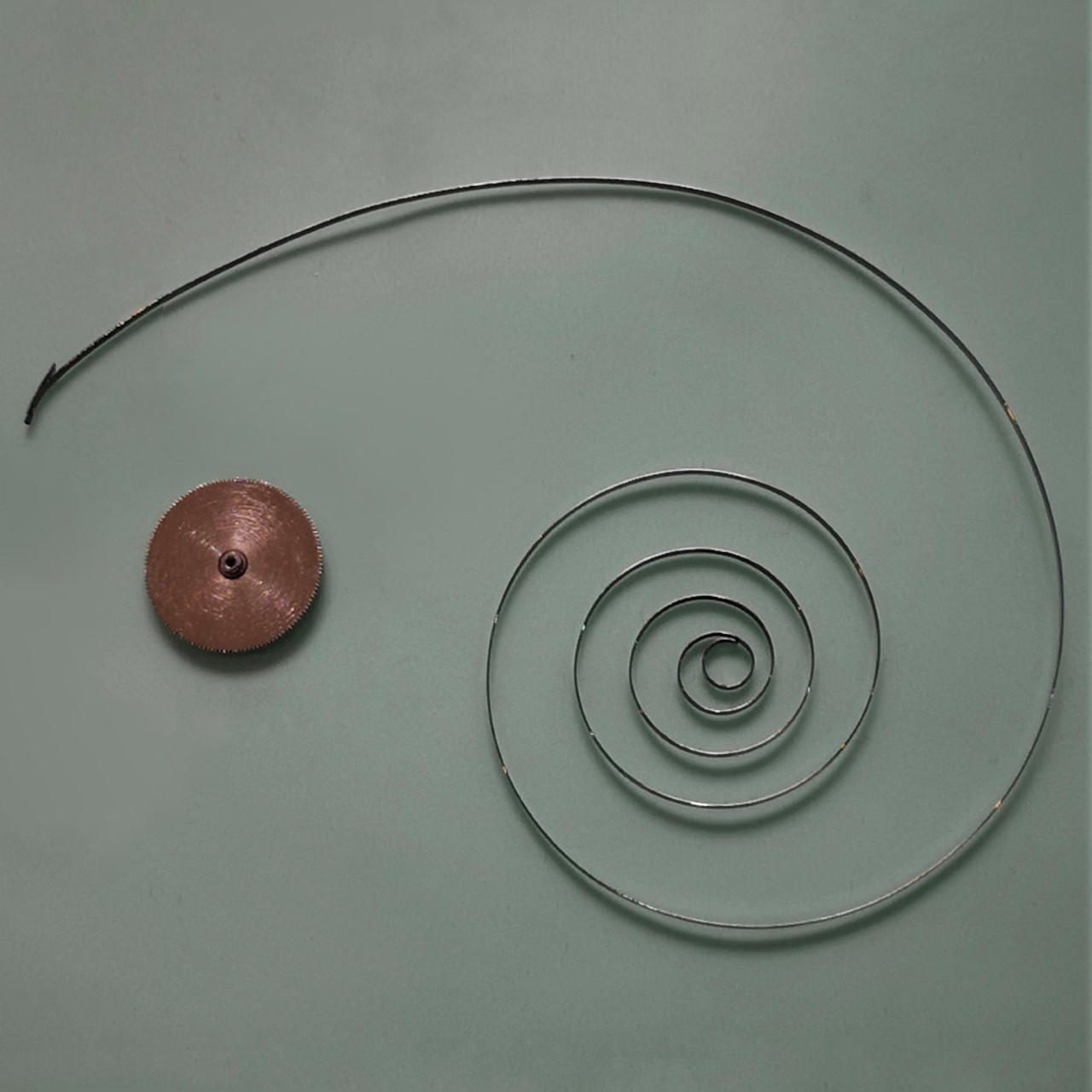
A mainspring and barrel
Within watchmaking, one such area is that of “constant force”. This refers to the idea of a constant force, or torque, being applied at the oscillating balance spring, driven by energy which is gradually released from the mainspring and barrel over time. A variance in the energy applied at the balance will result in a variance in the oscillation of it, and therefore the rate of the watch.
The mainspring in a barrel is subject to Hooke’s Law (a law of Physics which states “the force needed to extend or compress a spring by some distance scales linearly with respect to that distance” – read more on Hooke’s Law here).
In short, what this means is that as the energy stored in the mainspring is released over time, the torque generated and thus applied at the escapement decreases. This period of time is the ‘power reserve’ of the watch.
One could argue that an automatic watch in fact presents a solution in itself: whilst it is being worn and constantly being wound, the energy stored in the mainspring is constantly being ‘topped up’, somewhat eliminating the issue of torque reducing as the mainspring unwinds… albeit this doesn’t help much for manual-wind watches!
What is a remontoire?
The word remontoire comes from the French word “remonter“, meaning “to wind”, and it is a secondary, smaller spring used to apply power to the balance and escapement mechanism of a timepiece. The remontoire itself is then periodically re-wound by the power from the mainspring.
There are three different types of remontoire which all achieve the same thing, named differently depending on where they get their source of energy from. There are the gravity remontoire, spring remontoire and electrical remontoire.

Jost Bürgi, (1552-1632), photo - Wikipedia
The first remontoire was invented in 1595 by a Swiss clockmaker named Jost Bürgi. At this time, it was common for pendulum clocks to be wound by raising a weight which is then allowed to fall, driving the clock. Whilst gravity itself is of course a constant force, in Bürgi’s era these clock movements had many mechanical inefficiencies within the geartrain owing to the size of the parts, the materials, finishing, lubrication etc.
Bürgi’s invention was the introduction of an additional spring within the geartrain which is periodically wound by the weight as it falls (hence Bürgi’s invention was a gravity remontoire).
Firstly, this spring being closer to the point of the escapement, and being the only component applying a force to the escapement, circumvents any inefficiencies caused within the wider geartrain. Secondly, as it is wound and allowed to unwind multiple times over a long period, the result is that the average torque applied via a remontoire is more constant than that applied otherwise:
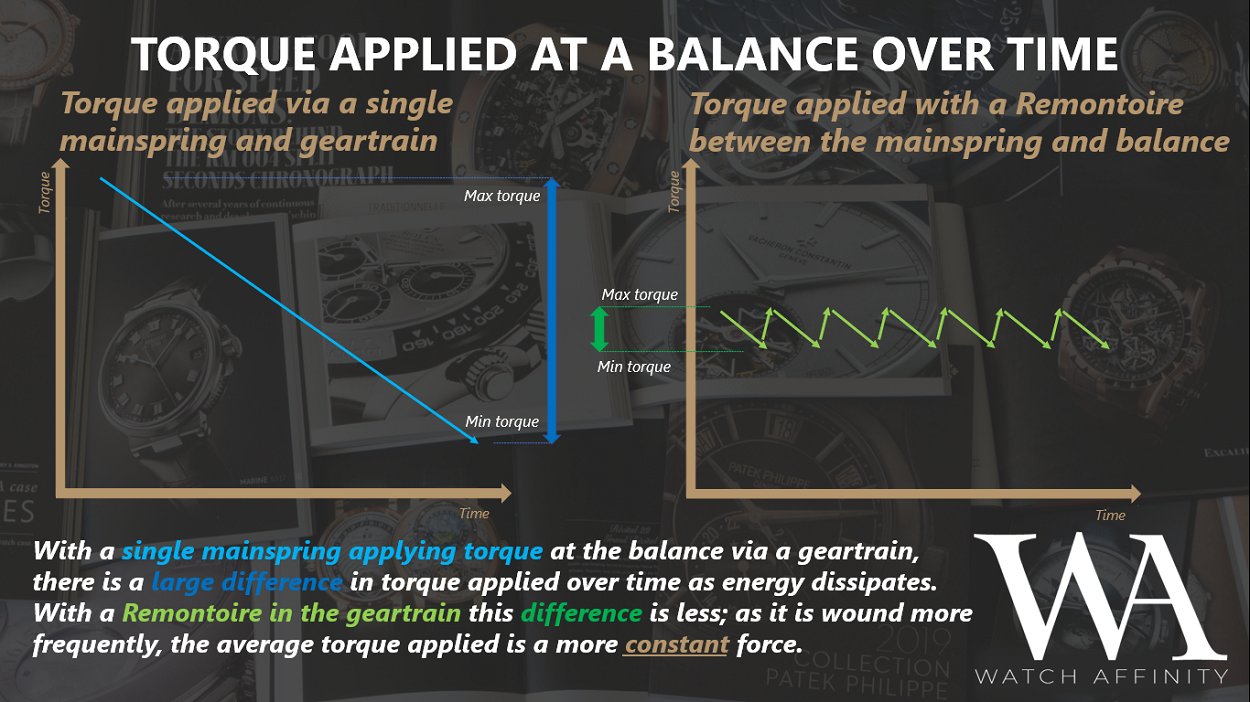
It wasn’t until 1739 that the spring remontoire was invented by the famous English clockmaker John Harrison, whilst working on his famous H2 Marine Chronometer. In this instance, the remontoire is driven by the mainspring and barrel as opposed to gravity. The third type of remontoire, an electronic remontoire, can be found in modern day clocks with mechanical movements powered by electricity.
After Bürgi and Harrison, other advancements in horology largely condemned the remontoire to the history books as the knowledge, skills and materials used in clocks and pocket watches improved over time, which allowed for far greater gains in accuracy than were afforded by the remontoire.
Is the remontoire still used today?
Absolutely. Given the advancements that have been made in horology since the likes of Breguet, in a similar vein to the tourbillon one could argue that there is little functional value added by introducing a remontoire into a modern mechanical watch. That said, objectively there is not much functional value within a mechanical watch full stop!
However, there is something undeniably captivating about watching a mechanical watch in action; the allure of hundreds of tiny, immaculately hand-finished components, working together as one to display and keep accurate time.
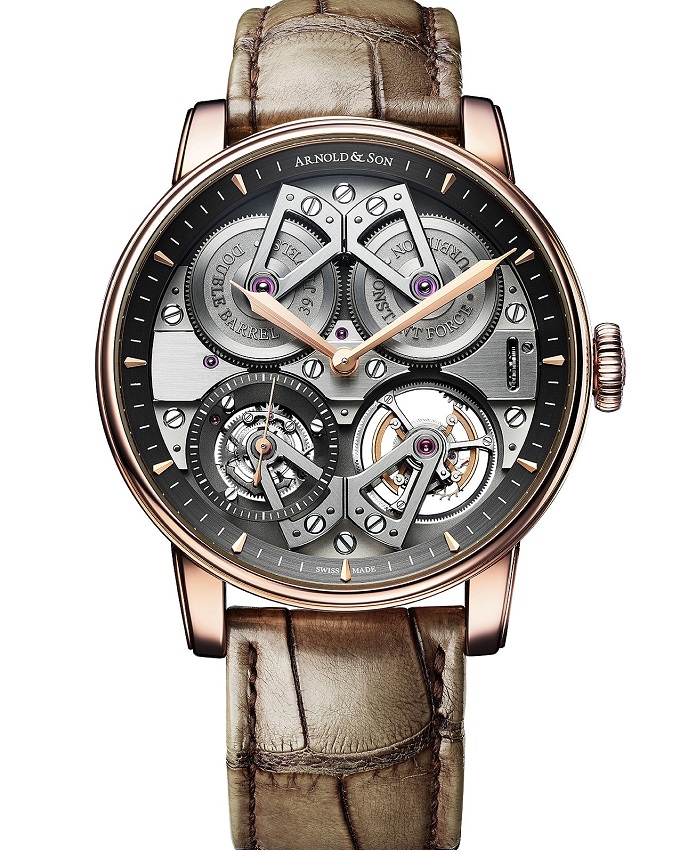
Arnold & Son Constant Force Tourbillon, photo - Arnold & Son
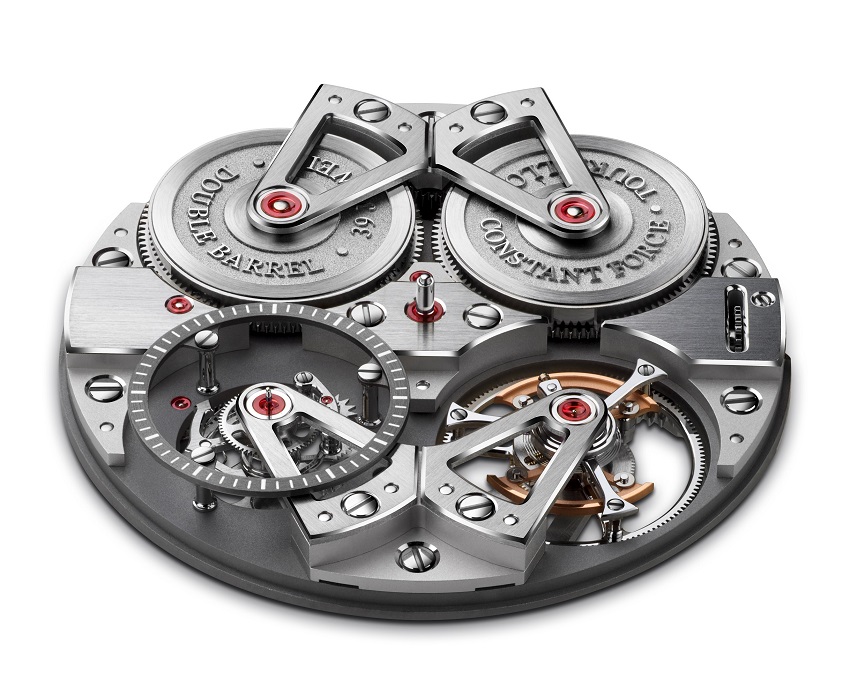
A&S5119 calibre with a patented remontoire design at 7:30, photo - Arnold & Son
“A product with a soul ” as Jean-Claude Biver once described it so succinctly.
There is an account on Instragram (definitely worth following if you don’t already!), @HoroMarioBro, who recently posted a video of his Grönefeld Eight Seconds remontoire. The video shows the watch movement with the remontoire in action, and he has kindly permitted me to share it for you below.
As you watch the video, the barrel containing the mainspring is at the top, or let’s say the 12 o’clock position. The geartrain works clockwise round to the balance wheel which you can see oscillating at the 9 o’clock position.
The spring remontoire is placed at the 6 o’clock position, closer to the balance and escapement, and you can see in the video that this is wound every 8 seconds – released to do so by the small component at the 5 o’clock position with three ‘arms’:
Dial side, the remontoire is also visible at 9 o’clock, and you are able to see it wind itself every 8 seconds as well, giving you every reason to glance down at your wrist!
Whilst the remontoire is not common to see today, I think there is a somewhat romantic element in its use which serves to celebrate and respect the historical achievements within watchmaking, and incorporating a remontoire certainly demonstrates a level of savoir-faire.
It is perhaps unsurprising to learn that the brands which employ the remontoire in their watches today are steadfast in their appreciation for traditional watchmaking and the history of horology – the likes of F.P. Journe, Arnold & Son, Greubel Forsey and, of course, the Grönefeld brothers all offer watches with a remontoire complication included and showcased for all to appreciate.
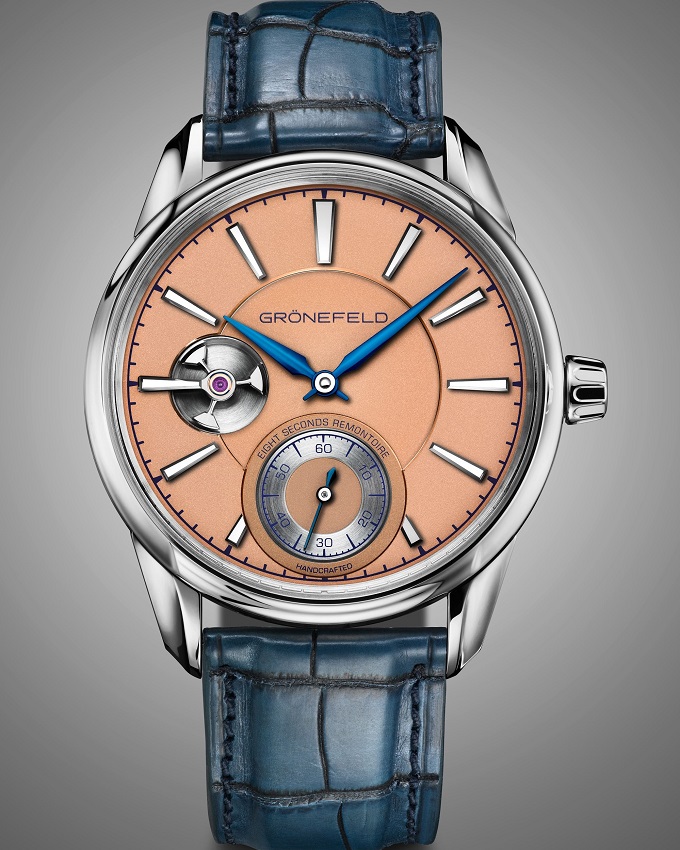
Grönefeld 1941 Remontoire Constant Force, photo - Grönefeld
Are there any other solutions to the constant force problem?
As you might expect, there are a multitude of ways in which this problem has been tackled within horology, from automatic movements, the use of fusée-and-chain mechanisms, stop-works, and even different designs of a special escapement.

Romain Gauthier Logical One with fusée-and-chain mechanism
Each of these takes a different approach in trying to ensure that the torque applied at the balance is as constant as it can be, and each has its merits, and maybe I will take a look at these as well in future.
One of my favourites is the Constant Escapement created by Girard-Perregaux, which is only possible thanks to the materials we have available today. I think this is particularly clever because the innovation is to ensure that a constant force is applied directly at the point of impulse as the escapement moves, solving the constant force problem at its most critical moment:
In Summary
I love watching a watch movement ticking away, and naturally when complications are involved and there is a little more going on within the movement, there is more to see and more to marvel at. The first time I saw a remontoire on a watch was when I was exploring the world of Grönefeld watches, and their remontoire caught my eye.
The next thing I knew, I was tumbling down yet another rabbit hole of constant force mechanisms, finding myself fascinated as I explored different solutions to the constant force problem which have been created over time. Of all the solutions, I found the remontoire a particularly intuitive idea in how it reduced the difference in maximum and minimum torque applied at the balance, and it was an approach which particularly resonated with me.
Does the remontoire today have the same added value that it did in the eras of Burgi and Harrison? A very marginal gain, perhaps, but of course nothing that would be truly noticeable. There is, however, something I find inherently pleasing about seeing things like this championed, celebrated, and brought to life in modern day horology, simply because it can be.
Finally, a huge thank you to @HoroMarioBro for permission to share his video. If you don’t already, be sure to follow him on Instagram!
For any questions, please get in touch via our Contact page, or via our Instagram.
You might also be interested in:
- Influential Watchmakers: Abraham-Louis Breguet
- “It’s complicated” Part 1: an introduction to the Tourbillon
- “It’s complicated”: the Co-Axial escapement
- Watch Stationery and Gift Ideas
- Watch Books, Watch Boxes and more at the Watch Affinity Shop on Amazon (commissions earned)
As an Amazon Associate, I earn from qualifying purchases – thank you for your support

